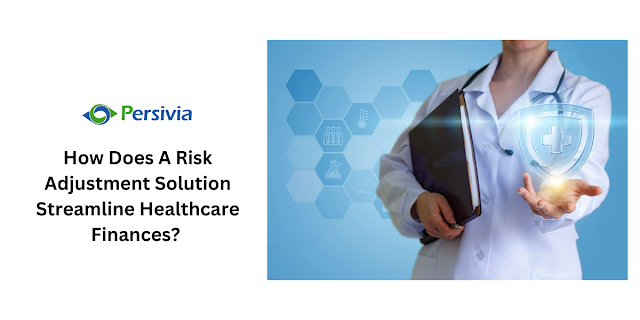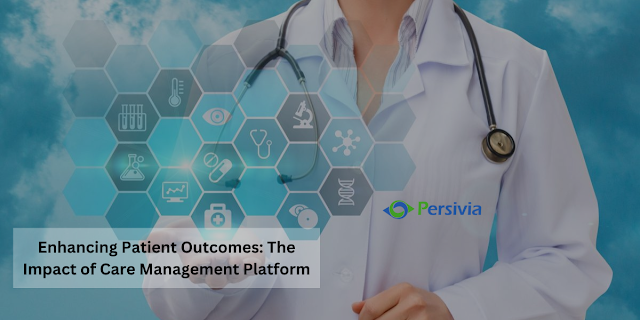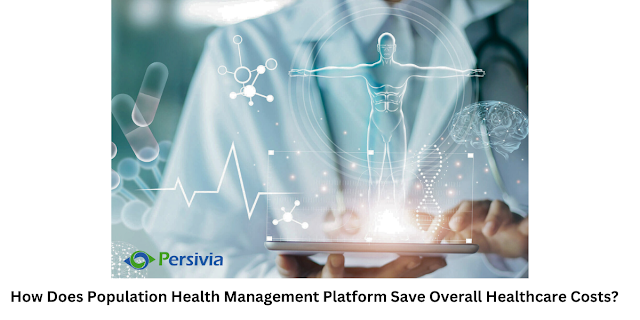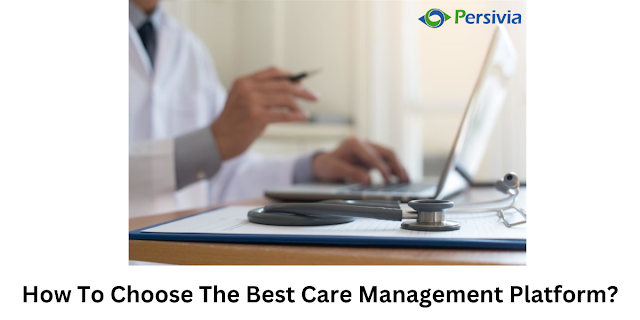Data Aggregation: Why Healthcare Needs it Now More Than Ever?
The volume of data being generated today in healthcare is staggering. From EHRs and medical imaging to patient-generated data through wearable devices, the abundance of information is both a boon and a challenge. To make the purpose of this vast ocean of data, healthcare urgently needs an efficient and effective solution – Data Aggregation . Why is Data Aggregation in Healthcare Now a Necessity? Real-Time Decision-Making In critical situations, quick decision-making can be a matter of life and death. Data aggregation allows professionals to access real-time data and make prompt and effective decisions. Proactive Healthcare Management With an aging population and an increase in chronic diseases, proactive healthcare management is crucial. Data consolidation facilitates the identification of high-risk patients, allowing healthcare providers to implement preventive measures and reduce hospitalizations . Healthcare Data Aggregation and Public Health Tracking Disease Outbreaks...






